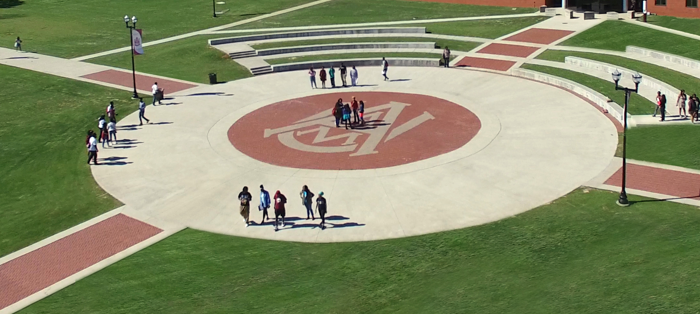English Department Faculty Resources
Welcome AAMU English Department Faculty!
As part of the AAMU English Department, The "Write Place" is here to support your work. Please be sure to look over our faculty and student resources, and let us know if you have suggestions or requests for your specific courses.
ENGLISH DEPARTMENT INFO
MAJOR EVENT APPROVAL PROCESS
All English department events must be approved by the English Department Chair and added to the calendar before being advertised at the Writing Center.
Once the event date is approved, it will be promptly added to the Writing Center calendar, ensuring everyone is aware of the upcoming event.
To advertise your event, please fill out the request form below.
